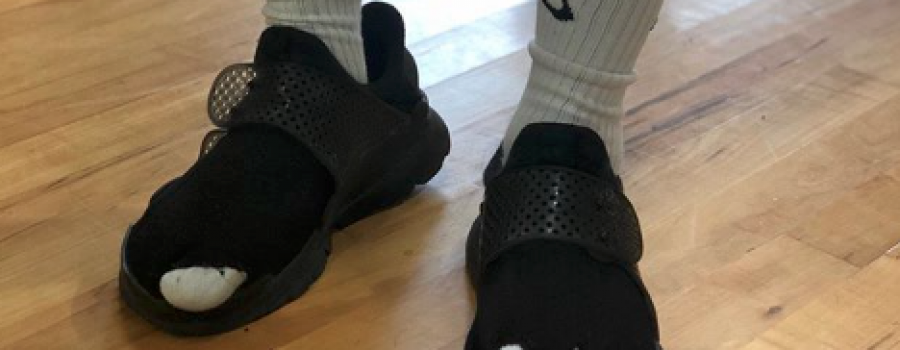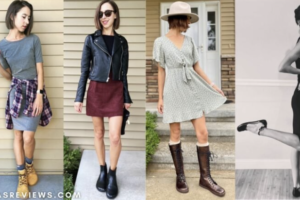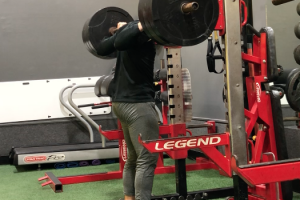#18 – Your Shoes Suck.
How shoes impact your ankles/knees/hips/back
-Feet are first point of contact with the ground – Will shift you forward (Leaning tower)
-Raised heel shoes on flat ground mean we rarely get natural dorsiflexion – stiff ankles
-Pronation is a natural thing, when we mess with that we alter the calf, ankle, foot, knee, hip movement. Pronation “Control” alters the foot strike
-Thick cushioned shoes allow you to heel strike when running and actually make it harder to run correctly. This engrains very poor movement patterns.
-Also, thick bottom cushion shoes increase the likelihood of lateral ankle rolling
-Tight shoes prevent the toes from moving well which atrophies muscle and dexterity
Choosing shoes based on Comfort/Functionality/Visual appeal – 3 Types of Shoes:
Aesthetic – Value based on visual appeal
Performance – Value based on improving abilities through technological features
Training/Everyday – Value based on maximizing foot/ankle movement (Functionality)
3 Elements of a good Everyday/training shoe
1) Flat
2) Flexible
3) Wide in the Toe Box
But what about arch support? Shoes and Casts/Crutches. Insoles and Corsets
Should we be barefoot? Talk about transition to more minimal shoes
Importance of training foot and ankle strength
Hand/Glove analogy.
Be barefoot more often
Tip Toe walks, Barefoot jogging after practice, Individual toe movements
Give yourself months to get used to less restrictive shoes and build movement over time
Don’t I need different types of shoes for activity?
Running shoes? And basketball shoes? And lifting shoes, and hiking shoes, and trail running shoes, and tennis shoes…??
-If shoe technology were really improving you should see a subsequent drop in injury
-Marketing pushes you to think about the shoes, not your feet
-Just because a shoe is made by an athletic brand does not make it an athletic shoe
Consistency between different types of shoes
Flip Flops and sandals
Boots – High ankles, stiff midsoles
High heeled shoes – work and dress up




